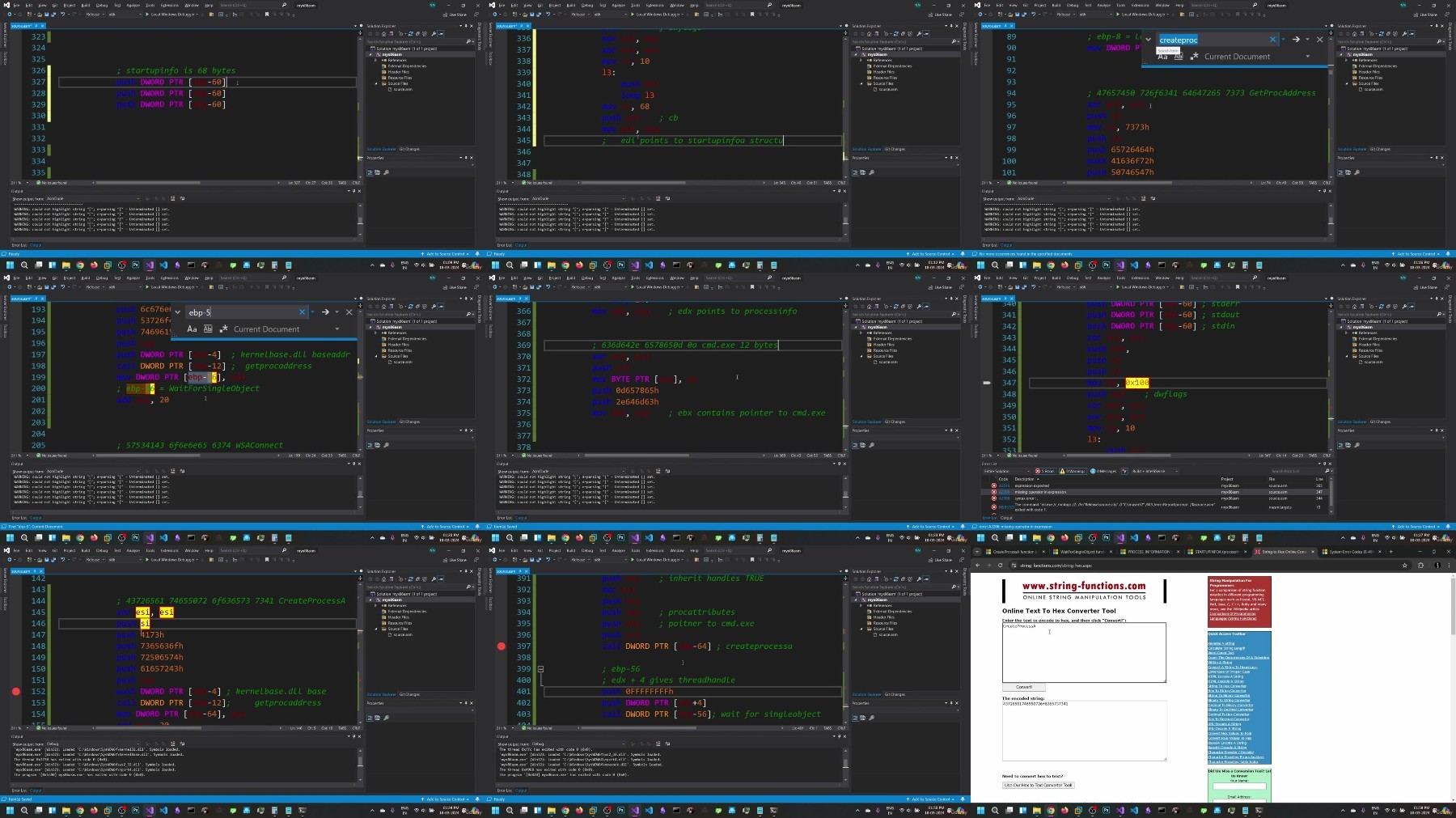Win32 Shellcoding

Win32 Shellcoding
Published 3/2024
Duration: 3h23m | .MP4 1280x720, 30 fps(r) | AAC, 44100 Hz, 2ch | 2 GB
Genre: eLearning | Language: English [/center]
Build shellcode for windows
What you'll learn
Learn how to write shellcode
Write win32 shellcode
Create reverse shell
Generate and test the shellcode
Requirements
Understanding of assembly language can be optional
Description
Shellcode refers to a small piece of code typically written in assembly language that's used as the payload in the exploitation of software vulnerabilities. It's called "shellcode" because it's often designed to spawn a shell, providing the attacker with command execution capabilities on the target system.
Shellcode is commonly used in various types of attacks, including remote code execution, buffer overflows, and injection attacks. It's crafted to exploit specific vulnerabilities in software, allowing attackers to gain unauthorized access to systems, execute arbitrary commands, or perform other malicious actions.
Shellcode is often written in assembly language due to its direct control over system resources and its ability to execute efficiently. However, higher-level languages like C or C++ can also be used to generate shellcode. The ultimate goal of shellcode is to execute the attacker's desired actions while evading detection by security mechanisms such as antivirus software and intrusion detection systems.
Windows shellcode refers to shellcode specifically designed to execute on the Microsoft Windows operating system. It's crafted to exploit vulnerabilities or manipulate system resources on Windows-based machines. Windows shellcode can be used for various purposes, including:
Remote code execution: Exploiting vulnerabilities in Windows software to execute arbitrary code on a remote system.
Privilege escalation: Elevating privileges to gain higher levels of access on a compromised system.
Payload delivery: Delivering additional malicious payloads or downloading/executing other malware.
Anti-forensics: Manipulating system memory or hiding malicious activity to evade detection by antivirus or forensic tools.
Windows shellcode typically interacts with Windows APIs (Application Programming Interfaces) to perform system-level tasks such as file manipulation, process management, and network communication. It's often written in assembly language to provide precise control over system resources and minimize the size of the payload. However, higher-level languages like C or C++ can also be used to generate Windows shellcode.
Who this course is for:
Security Consultants
Malware Developers
Red Teamers
Software Developers
More Info



Win32 Shellcoding
